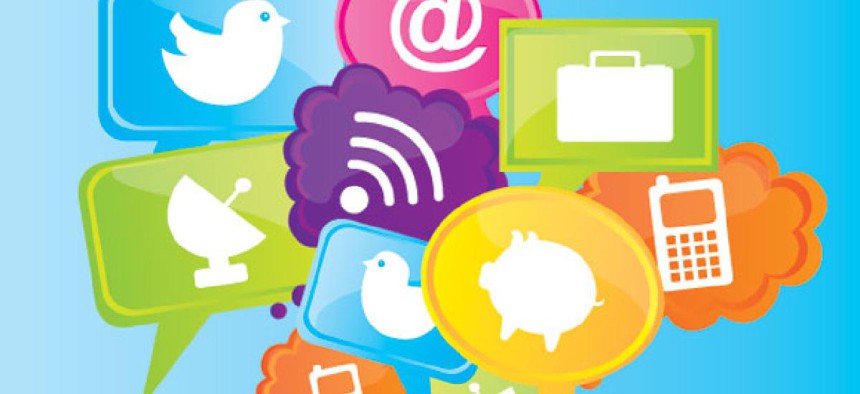What the 'new social operating system' means for government

gst/Shutterstock.com
Americans who 'live in networks' demand new ways of interacting with agencies.
Over the past 12 years, the influence of the Internet has grown to the extent that Americans now “live in networks,” according to an expert on how digital trends are affecting American society -- and that development has serious implications for the way federal agencies interact with the citizens they serve.
The growth of broadband networks and mobile devices since 2000 “has brought new actors into civic spaces,” said Lee Rainie, director of the Pew Research Center’s Internet and American Life Project. “These folks are sometimes on the warpath, and government agencies need to be responsive to that.”
Rainie spoke Monday at Nextgov Prime, a Government Executive Media Group event on technology and government’s future.
Fully 85 percent of Americans are now Internet users, according to Pew’s research, and 66 percent of them have broadband connections at home. Even more significantly, large numbers of those online have become content creators. Almost 70 percent use social networking sites. Even among those 65 and older, 50 percent are online and 38 percent use social networks.
Likewise, the country has undergone a mobile revolution. Nearly 90 percent of adults have mobile phones, and 46 percent are smartphone users. Half of adults have used mobile apps, and 43 percent have downloaded them. As a result, they are more connected digitally than ever before -- to both their work and personal lives.
“A lot of people don’t feel comfortable going off the grid,” Rainie said.
With all of these people both consuming and creating content -- from status updates to photos and videos -- it can be “harder to control organizational messages to the public,” Rainie said. Increasingly, agencies operate in an “augmentation environment,” in which “there are a lot more people who care about your business, and are commenting on it,” he said. That makes it all the more important to be transparent and open in government organizations.
Overall, Rainie said, information is now:
- Pervasively generated and democratized
- Pervasively consumed
- Personal
- Participatory and social
- Linked
- Continually edited and iterative
- Multiplatform
- Real-time
- Timeless
- Defined and structured by search engine algorithms
(Image via gst/Shutterstock.com)






